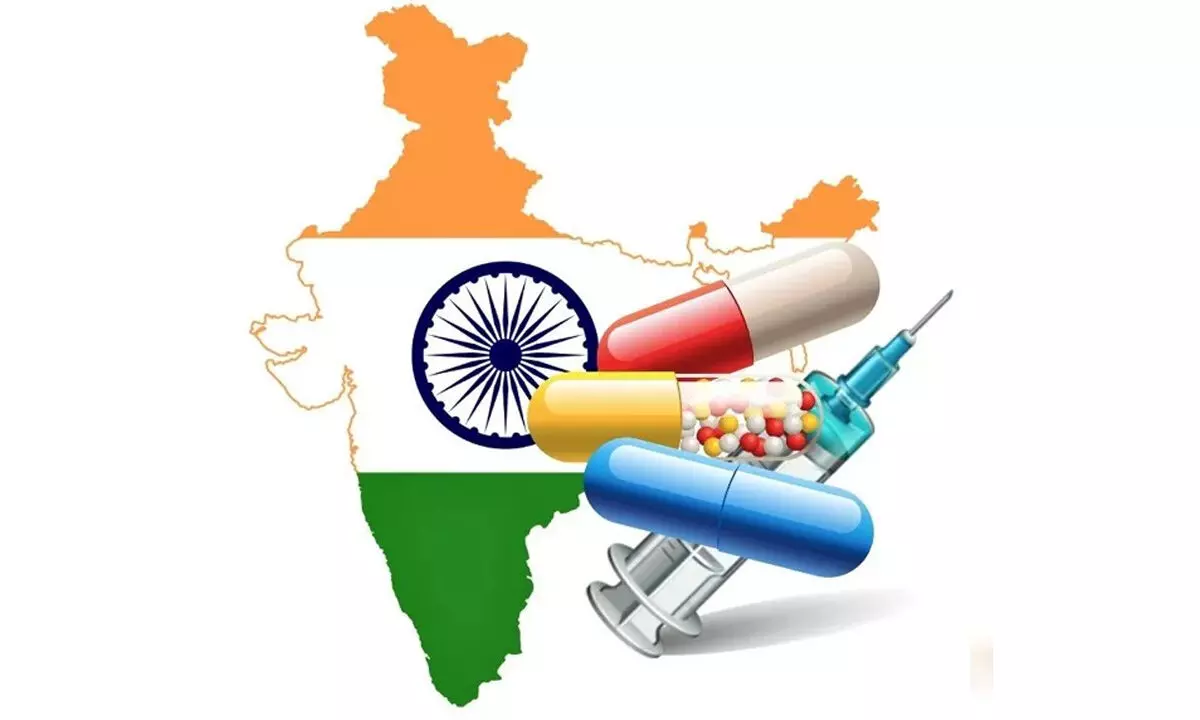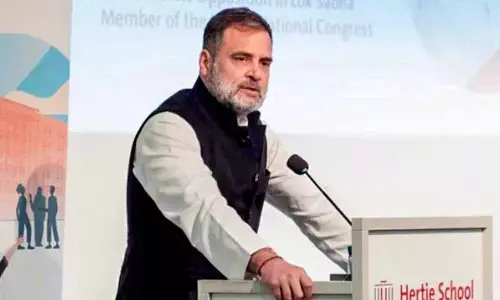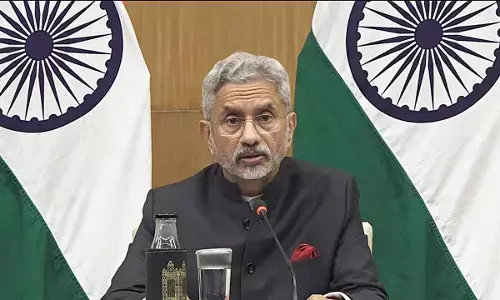What will impact pharma in 2024?

Lingering inflation, geopolitical tensions and conflicts, as well as continuous pressures to cut drug prices, will be the top challenges for the pharmaceutical industry in 2024, according to a report.
Lingering inflation, geopolitical tensions and conflicts, as well as continuous pressures to cut drug prices, will be the top challenges for the pharmaceutical industry in 2024, according to a report. The report by GlobalData, a data and analytics company, based on a survey of 115 healthcare industry professionals, showed that drug pricing and reimbursement constraints elicited the strongest responses from survey respondents. The majority of these respondents viewed the trend as having a negative impact in 2024. This was closely followed by geopolitical conflicts and inflation -- both eliciting more negative sentiment as well.
“Even though inflationary pressures are retreating, the other shocks may come, especially with global tensions mounting. Geopolitical tensions and conflicts bring uncertainty to the economic outlook as deteriorating relationships are often accompanied by numerous repercussions ranging from reduced cooperation, IPO market disruptions, to economic sanctions,” said Urte Jakimaviciute, Senior Director of Market Research at GlobalData, in a statement.
Drug pricing will continue to remain a major challenge for the pharmaceutical industry. It was scored as the number one impediment to industry growth when healthcare professionals were asked to rate the most negative emerging regulatory and macroeconomic trends for the 2019, 2020, 2021 and 2022 industry outlook.
It was only pushed down to the second position last year, when inflation took over the leading place as the most negative industry trend for 2023. “While pricing control can lead to a more affordable healthcare for the public, it limits revenue growth for the pharmaceutical sector. Price controls -- which apply to medicines in most major markets -- mean that drug prices are not typically allowed to rise at the same rate as general inflation,” Jakimaviciute said.
“Nevertheless, this may limit the revenue growth for pharma, with production costs on the rise: for example, due to suppliers rising the costs and employees expecting pay rises, drug production costs may increase well above inflation rates.
“While inflation peaked in 2022 in most of the markets, and inflationary pressures are slowly receding, it is above the 2 per cent target consumers and business are still feeling the pressure of increased prices. Sharp monetary policy tightening seen in most of the markets can also lead to recession or hamper global growth,” Jakimaviciute said.
Union minister For Chemicals and Fertilizers DV Sadananda Gowda believes this is the best time to invest in pharma & medical devices sector in India. The pharma sector is likely to grow into $65-billion industry by 2024 and touch $ 120 billion by 2030, while the medical devices industry is likely to reach $ 50 Billion by 2025.
Business friendly reforms carried out by Government have helped India to emerge as one of the best investment destinations among emerging economies. Implementation of policies to promote financial inclusion and to check corruption and easing of compliance of labour laws & regulations has made India the best destination for investment. In 2018-19, India attracted FDI inflows of $73 billion, up 18 % from previous year. Especially mentioning the pharma and medical devices sector, he said pharma this is the most opportune time to invest in this sector in India as pharma sector It is likely to grow into $65 billion industry by 2024 and touch $ 120 billion by 2030, while the medical device sector has the potential to grow at 28% per annum to reach $50 billion by 2025.
Indian pharma and medical device sector have immense potential to contribute towards making India a 5 trillion-dollar economy in next 4-5 year. Against this backdrop, the Indian government is supporting development of three bulk drug and four medical device parks with state of the art infrastructure and world-class centres of excellence across the country. Government will also provide Production Linked Incentives (PLI) to eligible new manufacturing units to ensure level playing field to domestic manufacturers. The crisis is being turned into opportunities by supporting development of mega bulk drug and medical device park through mix of right policies. It is expected that these schemes for development of bulk drug & medical devices parks will attract cumulative investment of Rs 78,000 crore and can generate about 2.5 lakh employment.
















